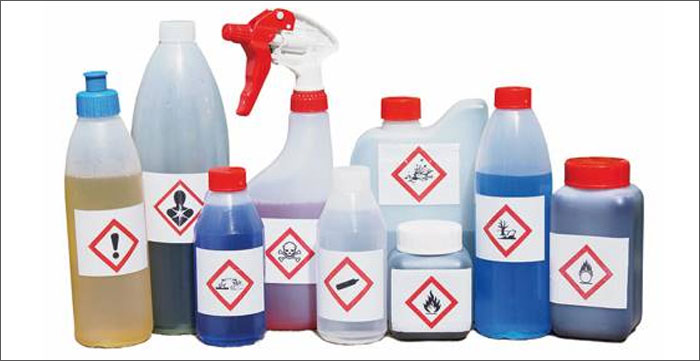
Washington State Considering Restrictions On Various Chemicals Found in Consumer Products
Washington state authorities are seeking input through 14 January 2022 on a draft report that identifies regulatory actions to address toxic chemicals in consumer products. The American Chemistry Council’s North American Flame Retardant Alliance has already expressed strong opposition to a proposal included in that report that would restrict the use of organohalogen flame retardants in plastic device casings for electrical and electronic equipment. Every five years, the Washington Department of Ecology is legally required to determine regulatory actions to reduce the use state‑wide of priority chemicals in priority consumer products. In its draft report to the legislature, the Department of Ecology is proposing restrictions on the following chemical/product combinations:
- Organohalogen flame retardants in external plastic device casings for electric and electronic products, as safer flame retardants are both feasible and available;
- Organohalogen flame retardants and organophosphate flame retardants listed in Revised Code of Washington 70A.430 in polyurethane uncovered foam, covered floor mats, covered flooring and outdoor recreational products, as flame retardant free foam is both feasible and available;
- Polychlorinated biphenyls in household paints for indoor and outdoor use, spray paints, children’s paints and road paints, as well as in cyan, magenta, yellow and black printing inks, as paints and printing inks with lower concentrations of PCBs are both feasible and available;
- PFAS in carpets and rugs, as safer treatments and untreated carpets and rugs are both feasible and available;
- PFAS in leather and textile furnishings, as safer untreated, inherently stain-resistant alternatives are both feasible and available;
- PFAS in aftermarket treatments for fabric upholstery and furniture, as well as carpets, as safer treatments and alternative processes are both feasible and available;
- Most bisphenols (excluding tetramethylbisphenol F) in drink can linings, as safer can linings are both feasible and available for drink cans;
- Bisphenols in thermal paper, as safer chemicals and alternative processes are both feasible and available;
- Alkylphenol ethoxylates in laundry detergents, as safer chemicals are both feasible and available;
- Phthalates in vinyl flooring, as safer chemicals are both feasible and available; and
- Phthalates used in fragrances in personal care and beauty products, as safer chemicals are both feasible and available.
Textile Excellence
If you wish to Subscribe to Textile Excellence Print Edition, kindly fill in the below form and we shall get back to you with details.








